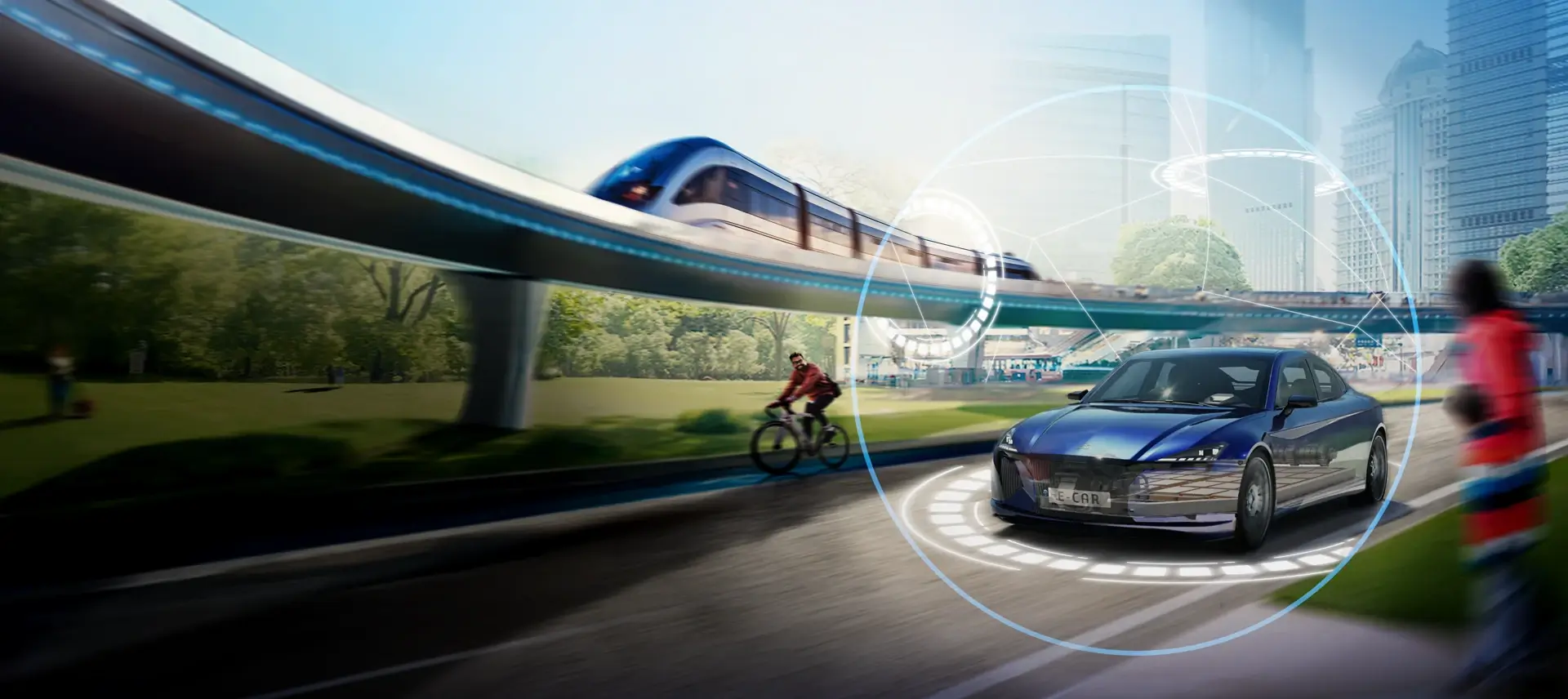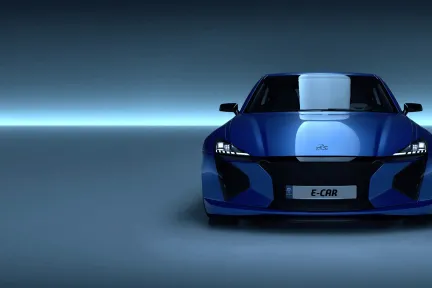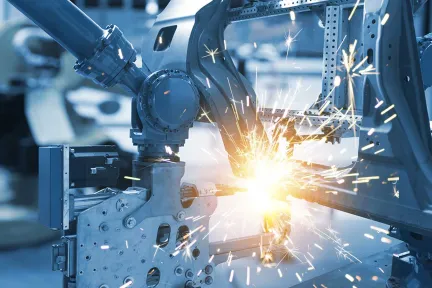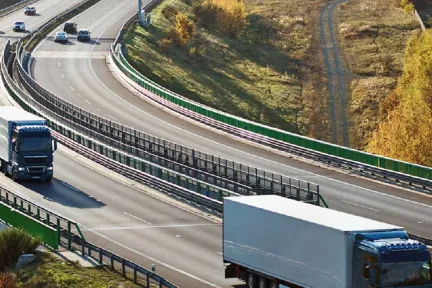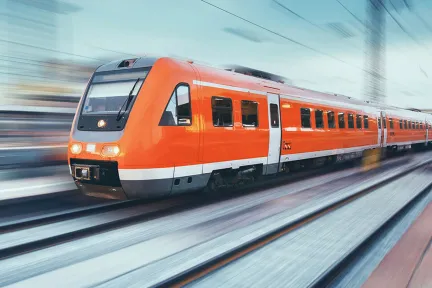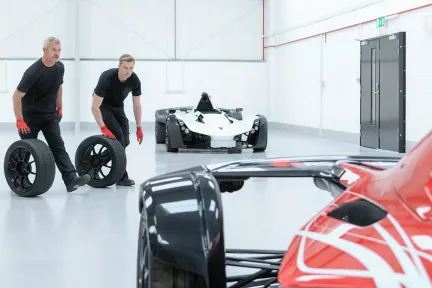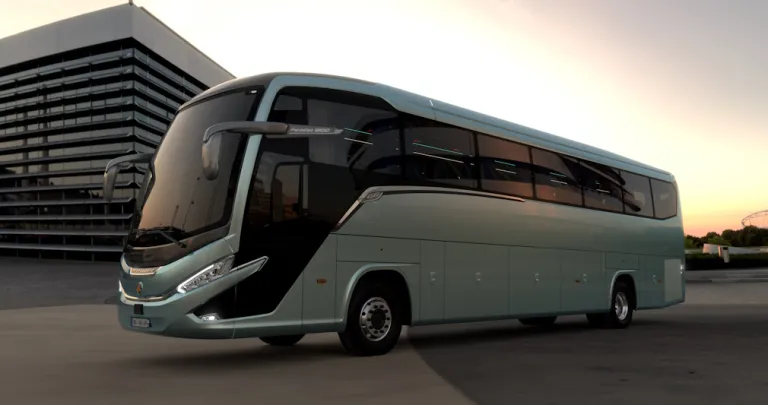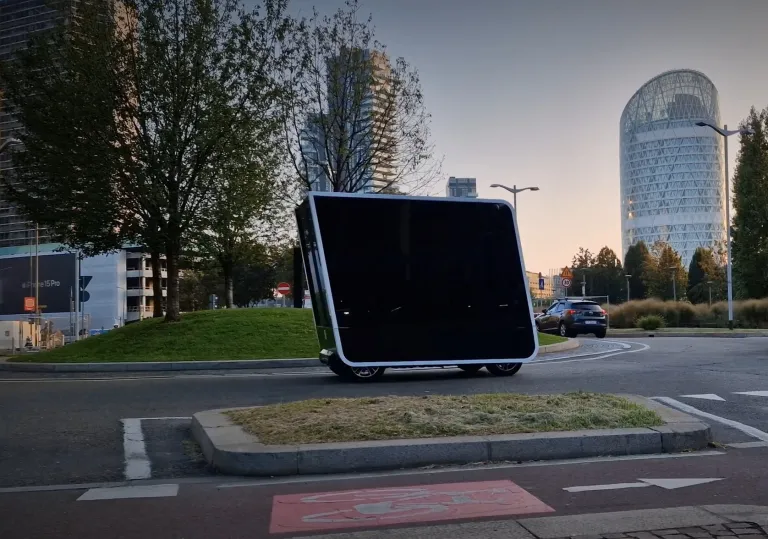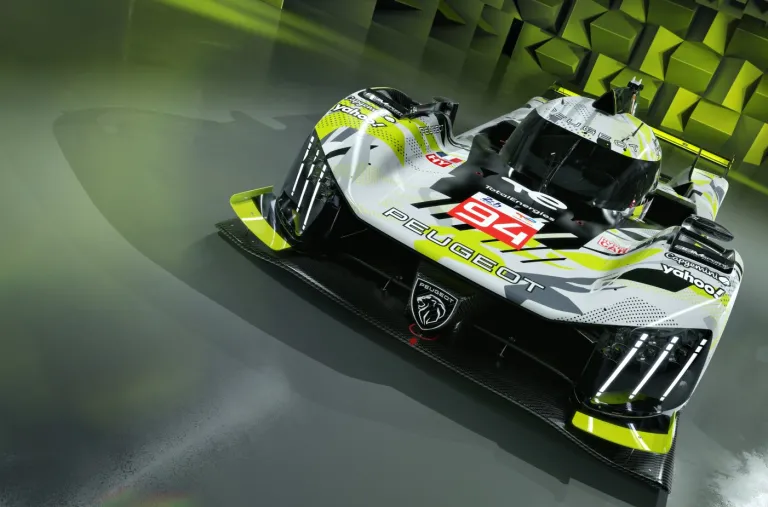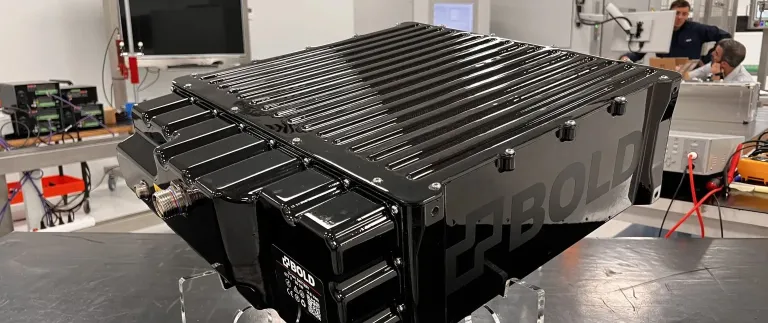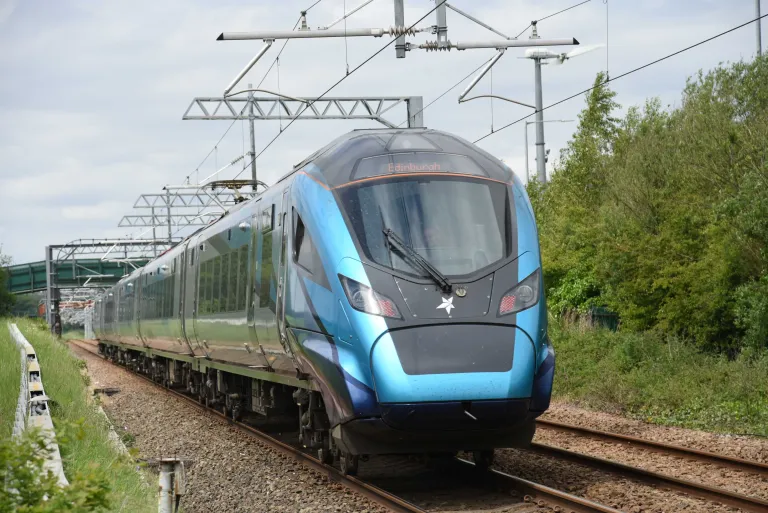Transportation & Mobility
Driving vehicle innovation toward the mobility of the future
From electrification to autonomous systems, today’s automotive and mobility leaders are rethinking how vehicles are imagined, developed, and delivered. With 3DEXPERIENCE solutions, OEMs and disruptors alike can accelerate innovation, reduce complexity, and drive sustainable progress across the entire value chain
33% Increased Productivity
through the integration of our collaborative solutions.
60% Reduction in Development Time
enabled by the 3DEXPERIENCE platform
30% Lower Development Costs
with end-to-end digitalization.
More than a software solutions provider, we are a strategic partner to revolutionize the way we imagine mobility.
The transportation and mobility industry is undergoing its most significant transformation in decades. Automakers and suppliers are responding to rapidly evolving consumer expectations for cleaner, connected, personalized and seamless mobility experiences. This is accelerating the shift toward electrification, autonomous tech, software-defined vehicles, and new mobility services.
At the same time, they face pressure to shorten development cycles, build resilient supply chains, and meet ambitious sustainability goals. Breakthroughs in battery technologies, lightweight materials, and connected systems, to name a few, are reshaping how vehicles are conceived, engineered and brought to market.
Dassault Systèmes supports this shift by empowering innovators to design, simulate and optimize next-generation mobility solutions on the unified, collaborative 3DEXPERIENCE platform. Automakers are able to collaborate across departments on unified data, reduce development time, and optimize costs while maintaining time-to-market targets.
Serving the Needs of All Stakeholders Across the Transportation & Mobility Value Chain
Addressing Business Challenges Within the Transportation & Mobility Industry
Mobility is changing fast — with electric cars, smart technologies and sustainability pushing the industry to reinvent itself.
Spotlight on Mobility Innovation
Discover how Dassault Systèmes empowers the transportation and mobility industry to address the biggest opportunities and accelerate progress across key growth areas.
Trusted by Transportation & Mobility Industry Leaders
Explore Our Recent Customer Stories
Transportation & Mobility Industry Explained
Trends in the Transportation & Mobility Industry
There is so much to talk about in the transportation and mobility industry. Discover a selection of articles that give you a closer look at how virtual twins and the 3DEXPERIENCE platform are innovation accelerators in the automotive sector.
